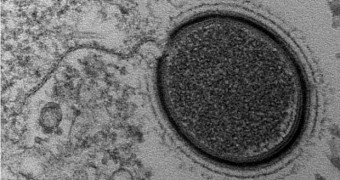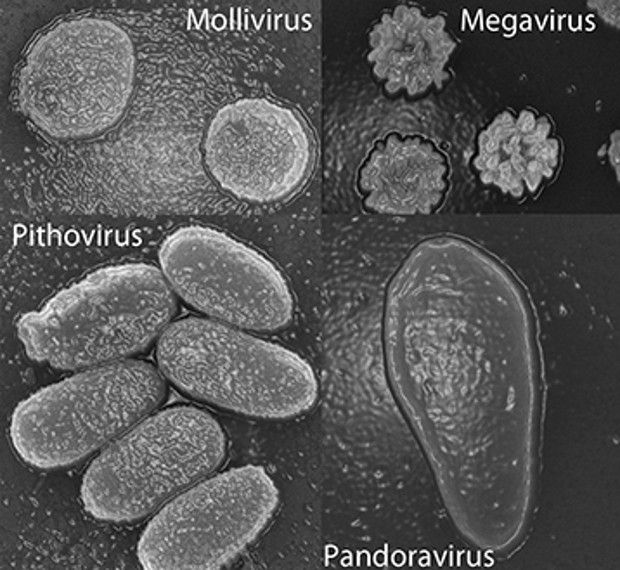Researchers discovering a prehistoric giant virus in remote Russia and then reanimating it because, you know, science - sounds like a movie plot, doesn't it? Except it's really happening.
This past Monday, experts working with the French National Center for Scientific Research announced the recovery of an abnormally big 30,000-year-old bug from the Siberian permafrost.
The virus, named Mollivirus sibericum by its discoverers, was pulled from the same permafrost sample that, only last year, produced another 30,000-year-old giant bug, i.e. Pithovirus sibericum.
What do they mean this is a giant virus?
In a report in the journal Proceedings of the National Academy of Sciences, the research team describes the newly discovered Mollivirus sibericum as taking the shape of an almost perfectly spherical particle.
The reason they're calling this ancient virus a giant one is because, at approximately 0.6 μm long, it can be observed using good old optical microscopes. Usually, viruses are much smaller and require more advanced technologies to study.
All the same, with 0.6 μm translating into around a thousandth of a millimeter (or 0.00002 of an inch, if you prefer), the 30,000-year-old bug is still pretty small. So, yes, it's only a giant among viruses.
Together with Pithovirus sibericum and a couple of other giant virus families, Mollivirus sibericum appears to only pose a threat to amoeba and not even all such organisms. Rather, it's amoeba of a genus called Acanthamoeba that they fancy.
Although they are both 30,000 years old and were pulled from the same permafrost sample, Pithovirus sibericum and the newly found Mollivirus sibericum look nothing alike, researchers say.
Besides, the two viruses appear to have distinct working agendas once inside a host. While Pithovirus sibericum only dips its fingers in the cytoplasm, Mollivirus sibericum has a soft spot for the nucleus.
“Unlike Pithovirus, which only requires the cytoplasmic resources of its cellular host to multiply, Mollivirus sibericum uses the cell nucleus to replicate in the amoeba, which makes it as host-dependent as most ‘small’ viruses,” experts explain.
Scientists are thinking about reviving the virus
The French National Center for Scientific Research team isn't content with just discovering and describing the previously unknown Mollivirus sibericum.
Au contraire, they plan to try and revive it, even introduce it to a potential amoeba host to study it at work. Mind you, they did the same when they discovered Pithovirus sibericum last year.
The reason they are so keen on reanimating this virus to better study it is that they fear that, as climate change and global warming continue to progress, ancient bugs might make a comeback all on their own. Better be prepared should this come to happen, right?
When 30,000-year-old Pithovirus sibericum was brought back to life, the bug was found to still be infectious. Hence, odds are Mollivirus sibericum will too pack a punch when resurrected.

 14 DAY TRIAL //
14 DAY TRIAL // 

